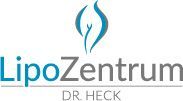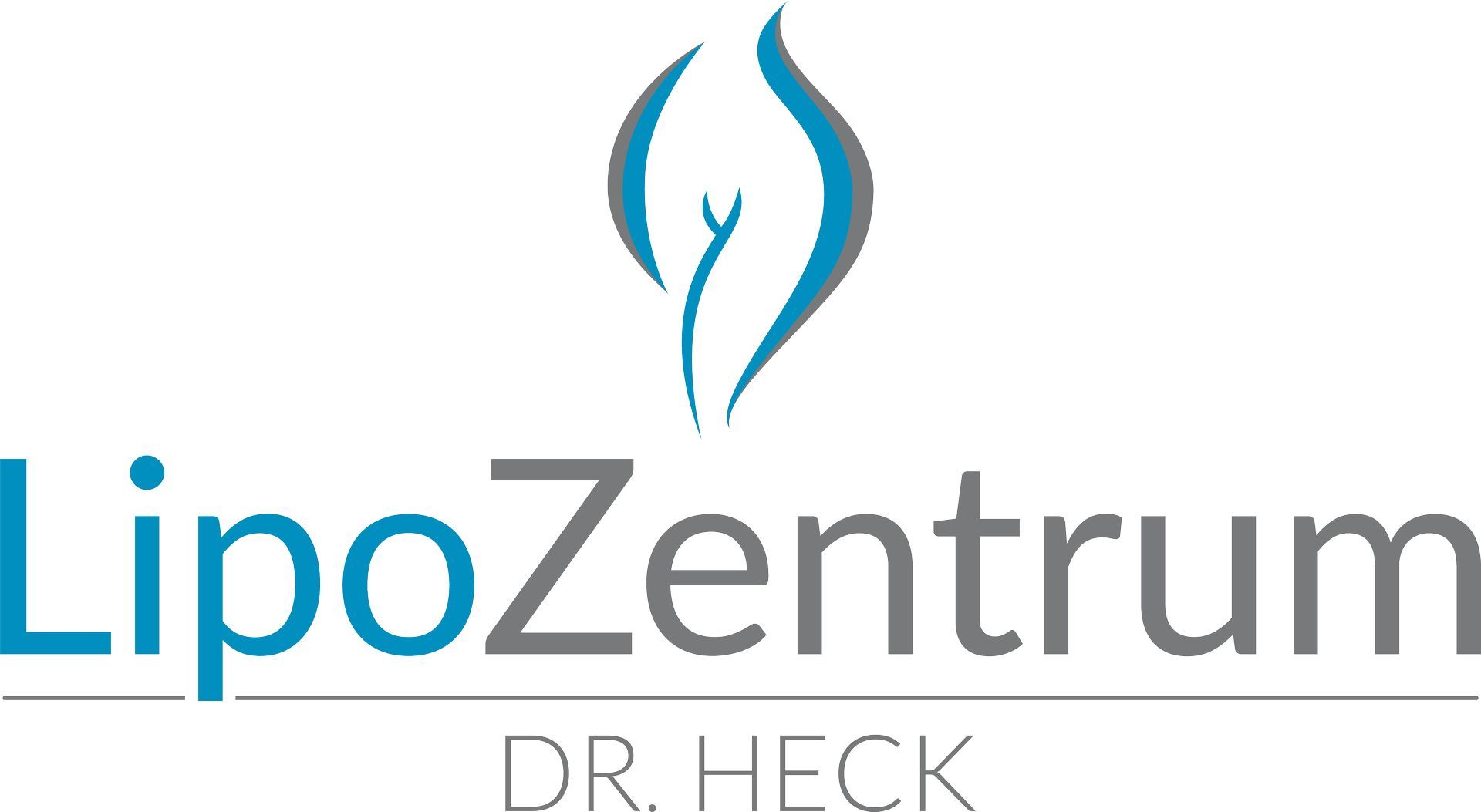Tips for immediately after surgery
How to optimally support your body during the healing period after surgery
After surgery, a crucial phase of recovery begins. To ensure optimal healing, good aftercare is essential. In this article, we at LipoZentrum share valuable tips for immediately after surgery—from circulatory support and compression garments to lymphatic drainage and exercise.
With calm, patience, and consistent aftercare, you can optimally support your body in its healing process. If you have any concerns or discomfort, your LipoZentrum team is always available to advise you.
Circulatory problems after surgery – what really helps?
In the days following surgery, your circulation may be weak—this is completely normal. Your body needs time to stabilize. Our tips:
- Elevate your legs regularly to promote blood circulation
- Stand up slowly to avoid dizziness
- Get help walking or standing up
These small measures can effectively prevent circulatory problems and promote your well-being during the healing phase.
Wound secretion – a natural part of healing
After surgery, wound fluid may leak. This is a normal process. On the day of surgery, there may be a brief burst of fluid discharge ("like a sudden surge"), after which the amount of fluid will steadily decrease. As long as there is no persistent bleeding or unusual pain, there is no cause for concern.
Swelling & Bruises – Patience Pays Off
Swelling and bruising are part of any surgery. Swelling will peak approximately two weeks after the procedure and then slowly subside. Bruises may appear severe at first but will gradually fade. Tip: Patience, exercise, and consistent aftercare will help speed up healing.
Thrombosis prophylaxis – small routine, big impact
After surgery, it is important to prevent thrombosis.
- A total of 7 injections (1 on the day of surgery, 6 more daily)
- In case of persistent inactivity, prophylaxis should be extended
Compression clothing – an important companion during the healing period
Compression garments are a key component of aftercare. They help control swelling and stabilize tissue evenly.
Immediately after surgery:
- After the operation, a flat-knit compression garment is applied
- A circular-knit bolero is often used for arm interventions
- Bandages are removed the next morning
Wearing recommendation:
- Wear day and night for 6 weeks (1 hour break daily)
- From the 7th week onwards, wearing during the day is sufficient
- Bolero for the arms: wear continuously for 6–8 weeks
Showering after surgery – how to do it safely
From the second day after the operation, before the first lymphatic drainage, you may shower carefully.
- Briefly remove compression clothing
- Walk around without them for about 10 minutes
- Shower with compression if you have circulatory problems
- Best with a helper nearby
Manual lymphatic drainage – support for the healing process
Manual lymphatic drainage promotes fluid removal, reduces swelling, and accelerates healing. Two sessions per week, each lasting approximately 45 minutes, are recommended.
Exercise & activity – the key to recovery
Exercise is one of the most important factors for healing. Once you feel well, you can start moving lightly again – this promotes blood circulation and prevents complications.
Suitable are:
- Walks, climbing stairs, gentle yoga
- Light strength training after medical approval
- Swimming from two days after stitch removal
Conclusion: Your healing needs time and attention
With patience, mindfulness, and consistent aftercare, you can optimally support your body on its path to complete regeneration. Your LipoZentrum team is always available to advise and support you.








